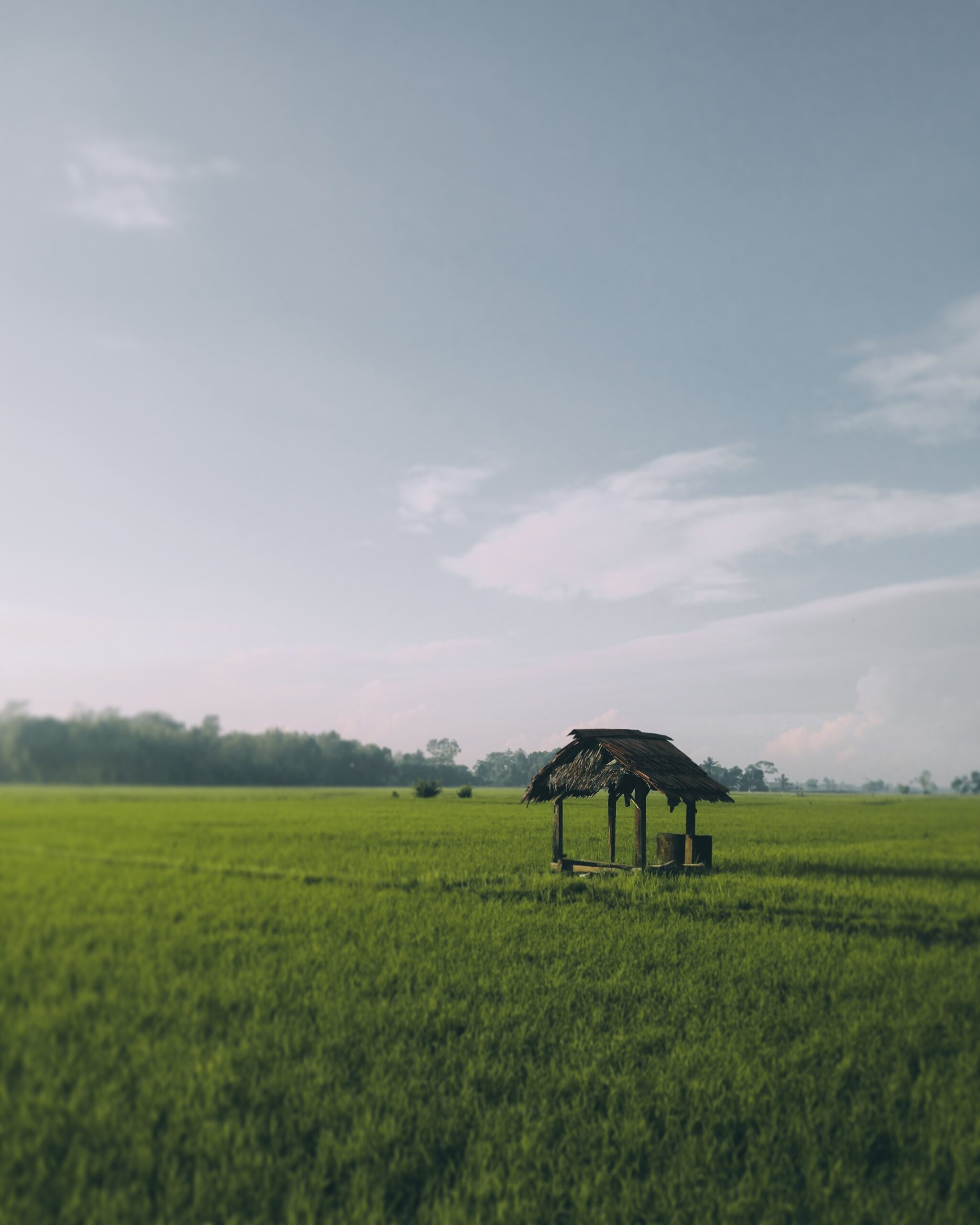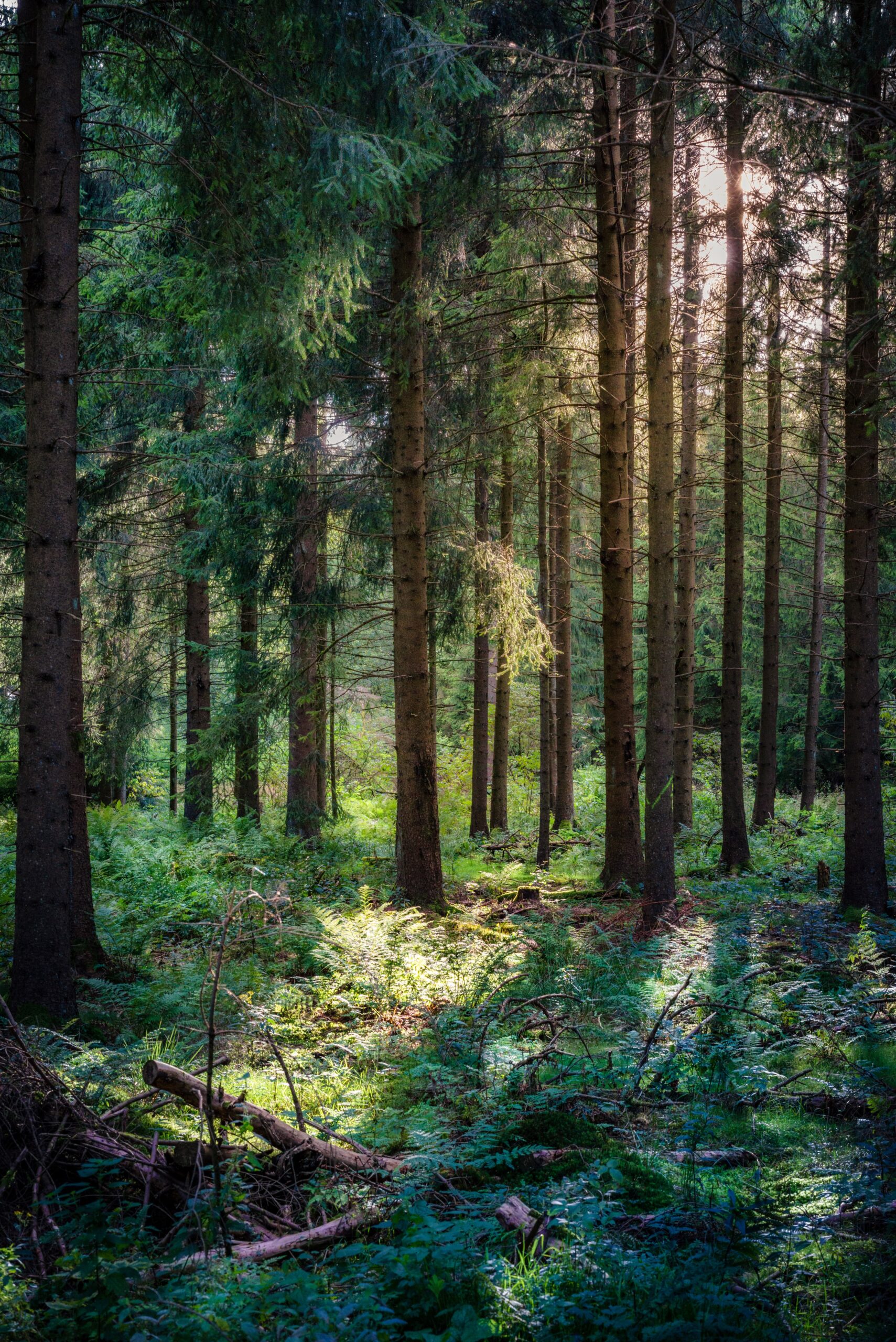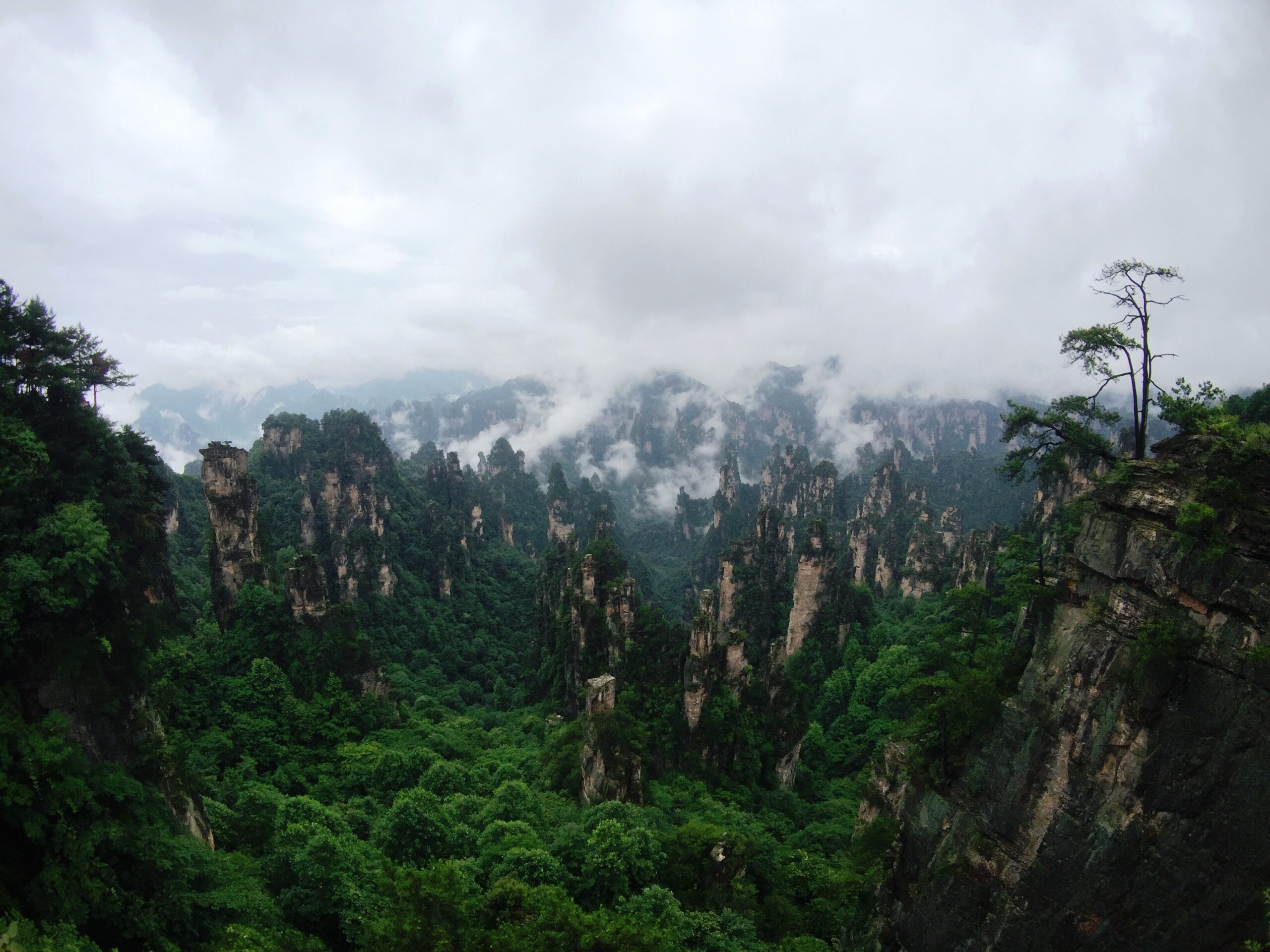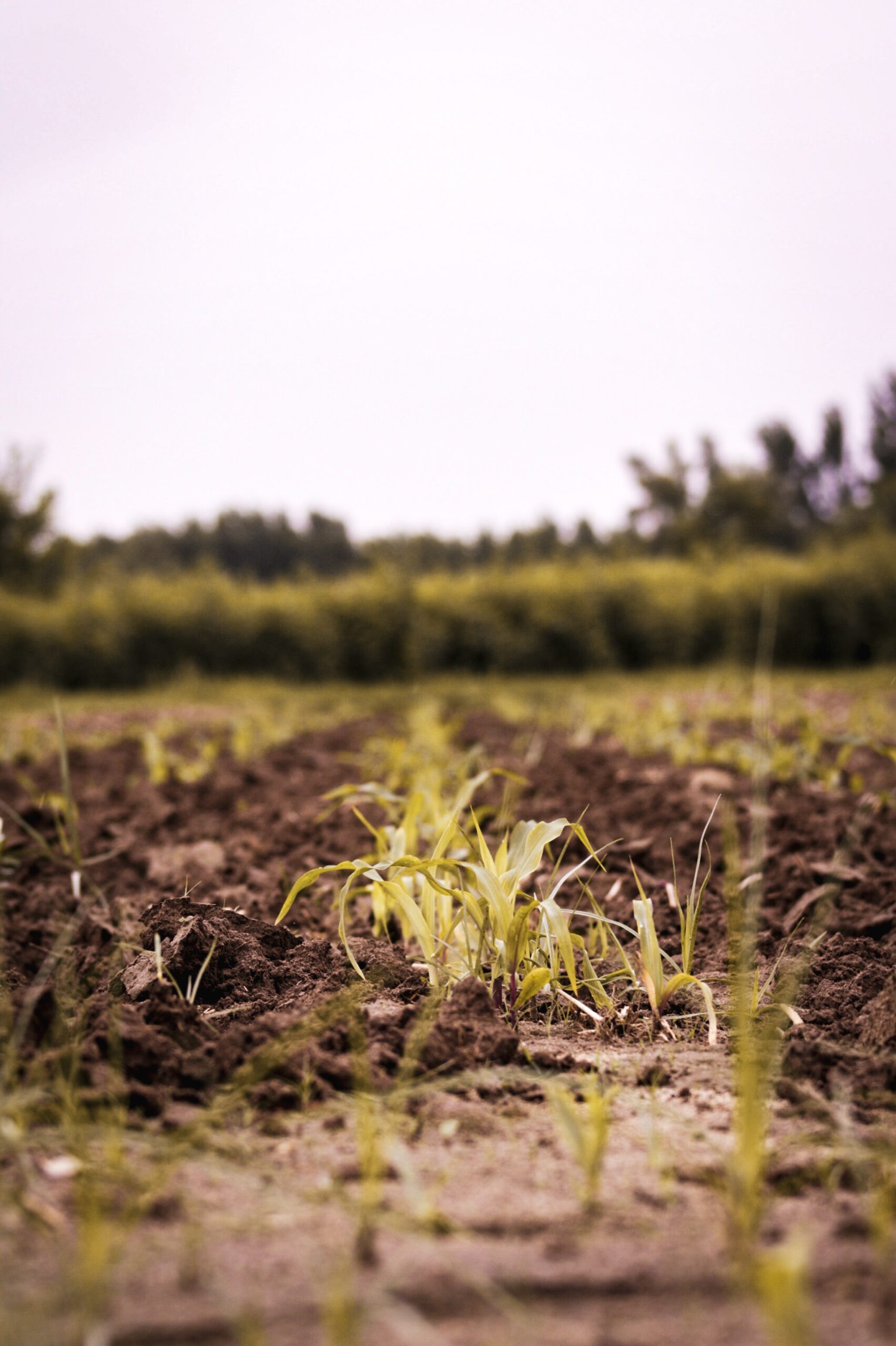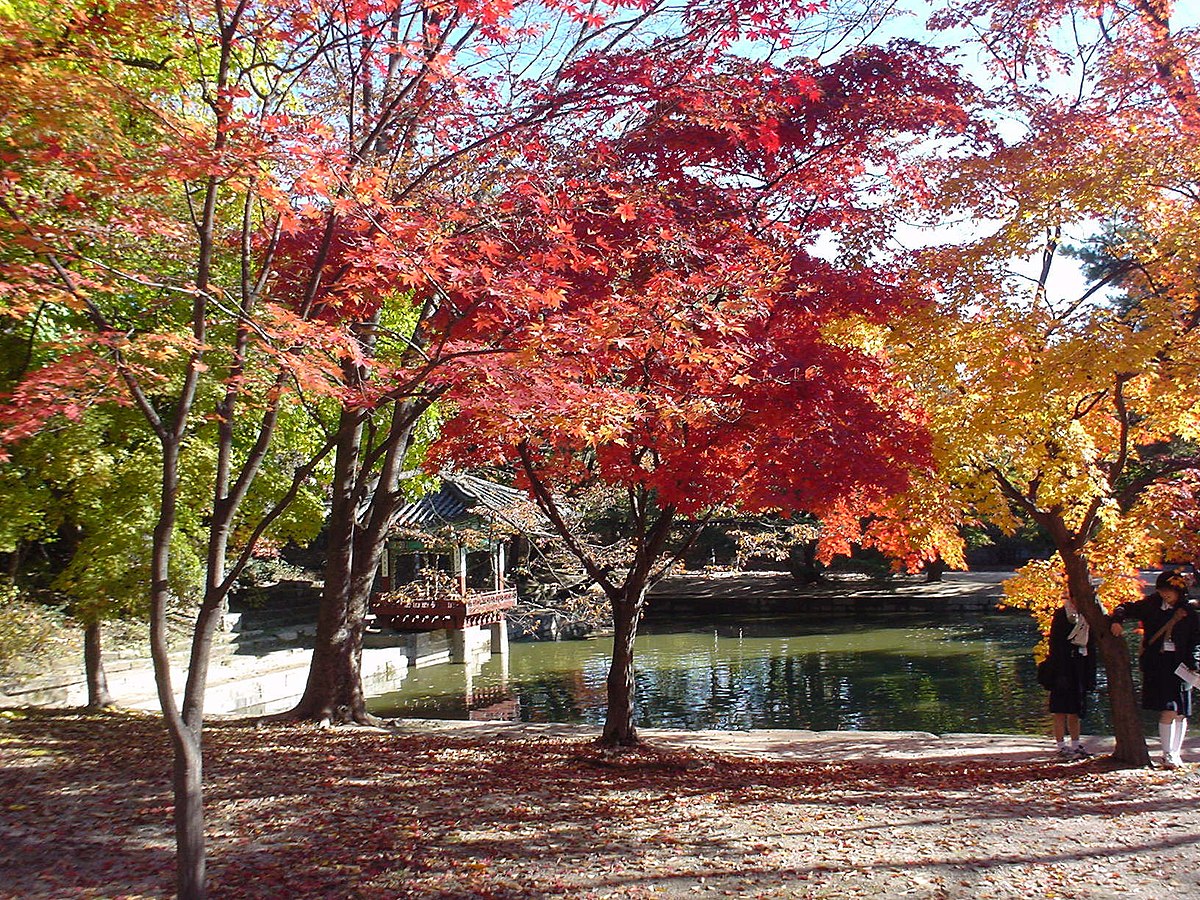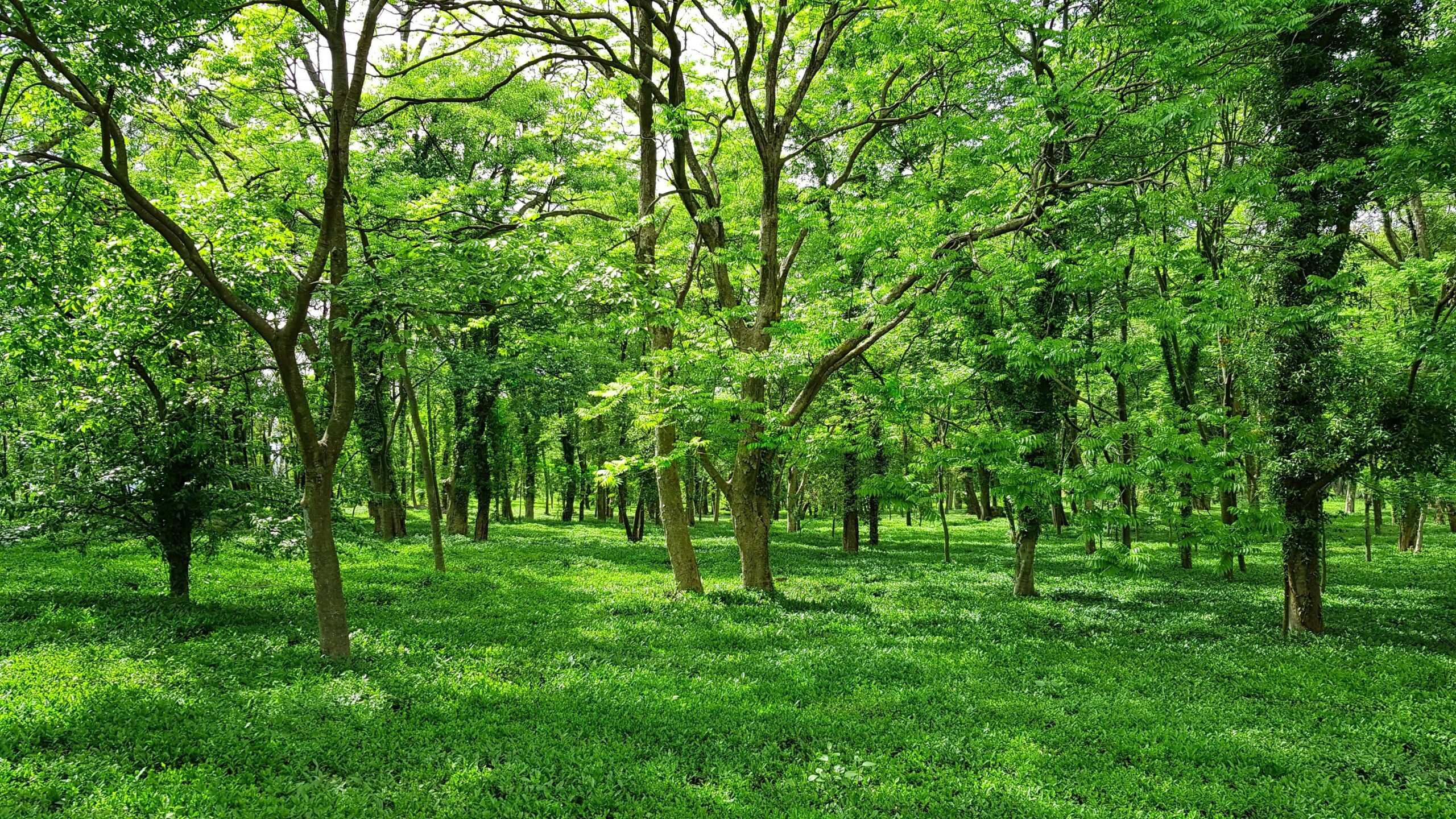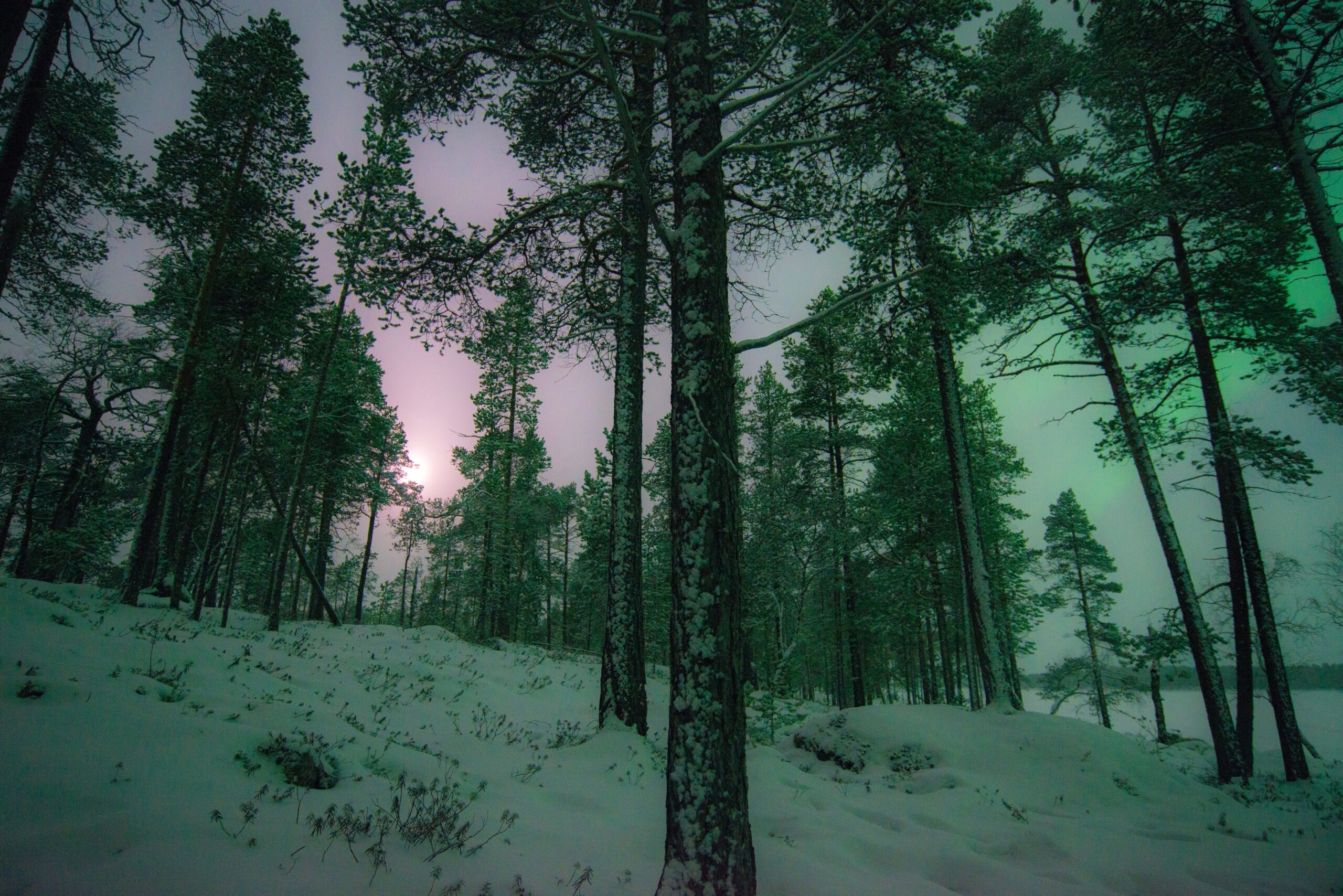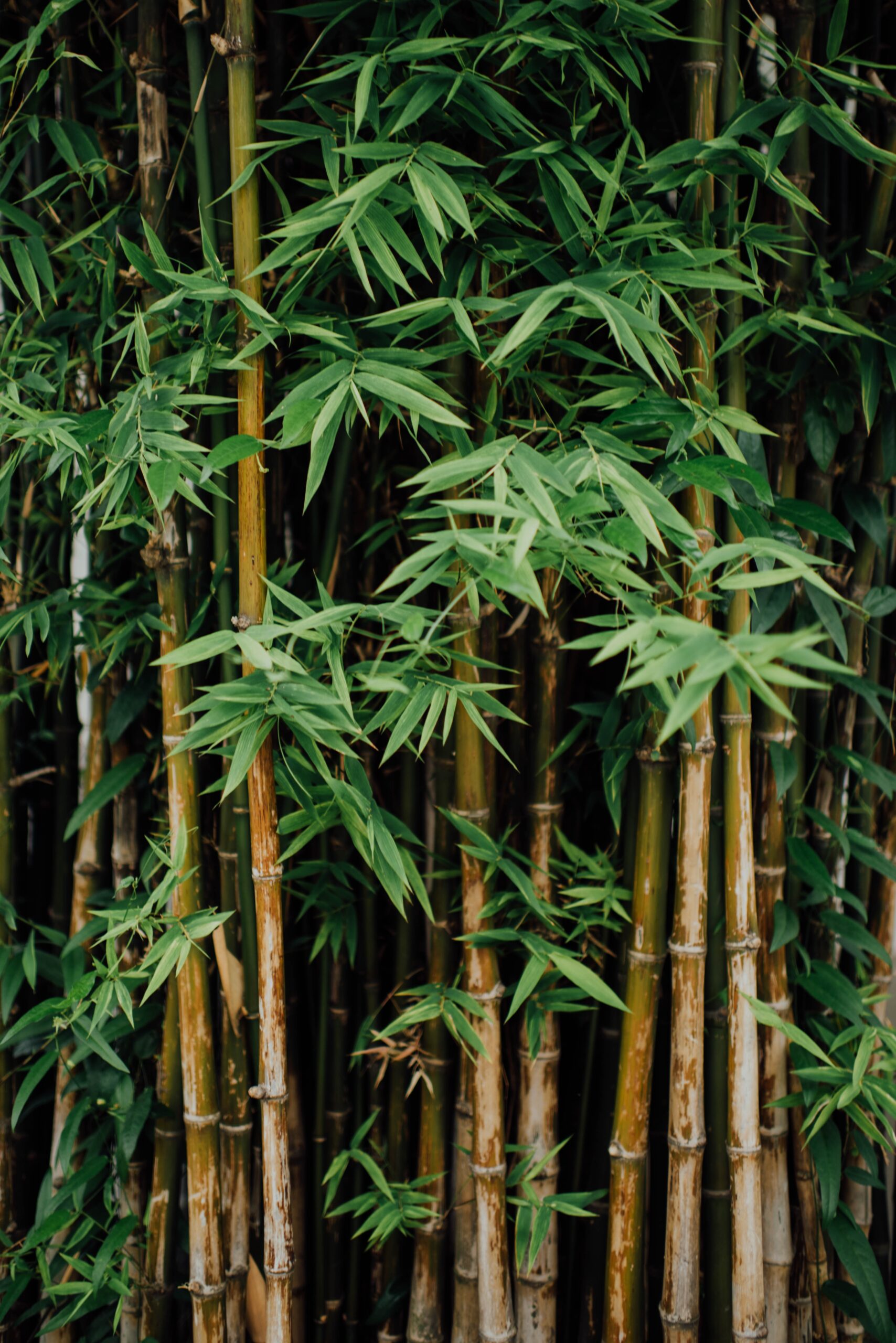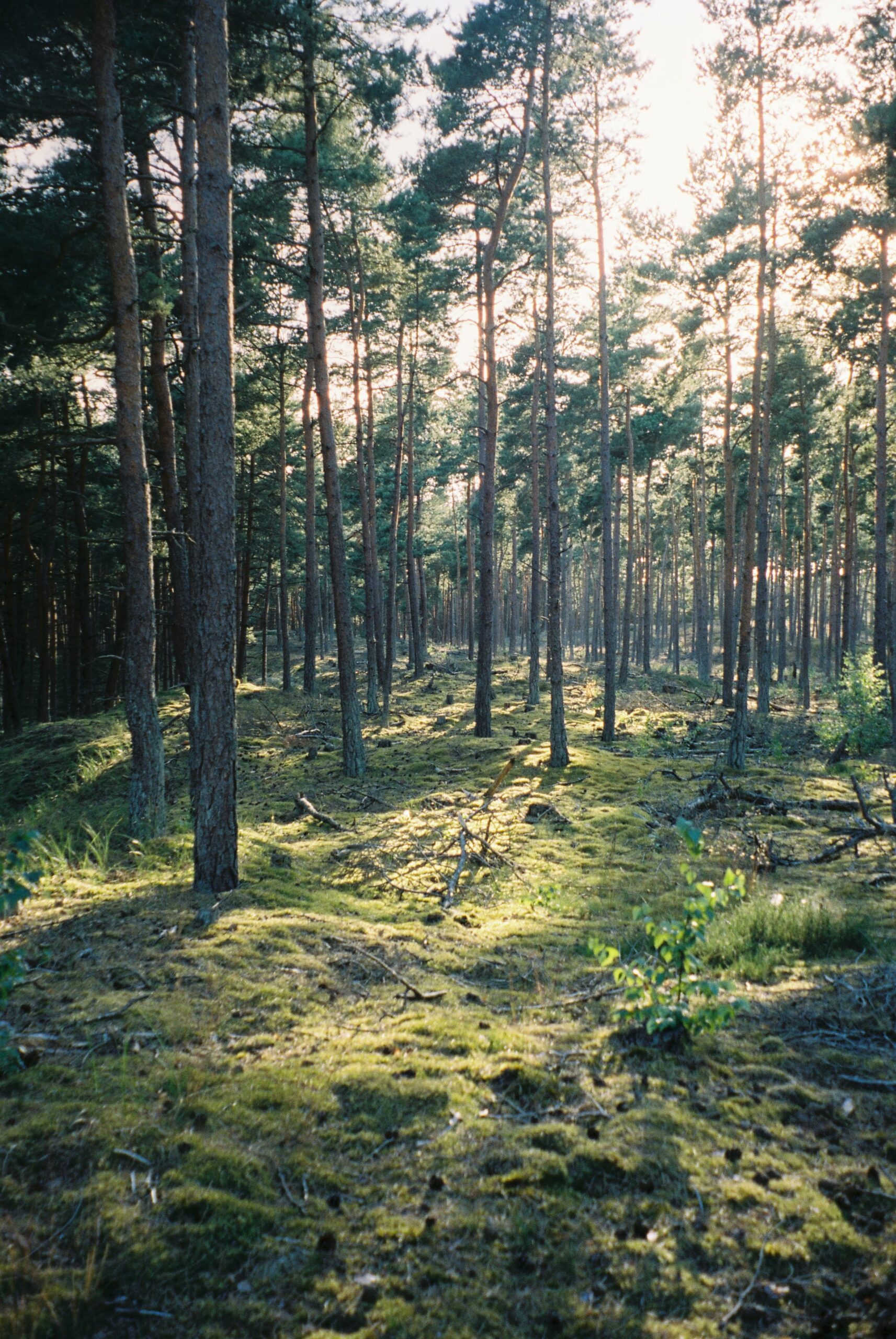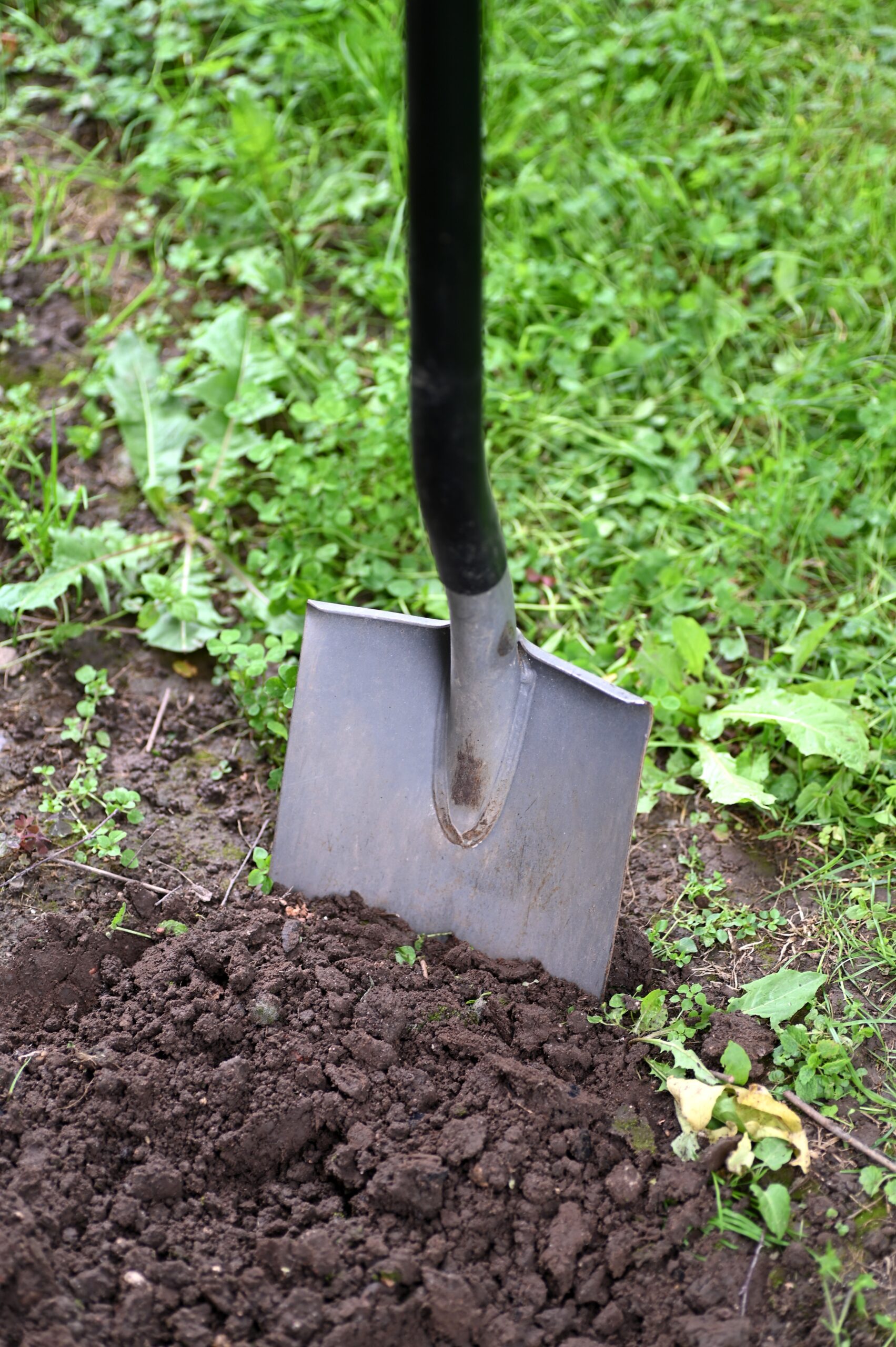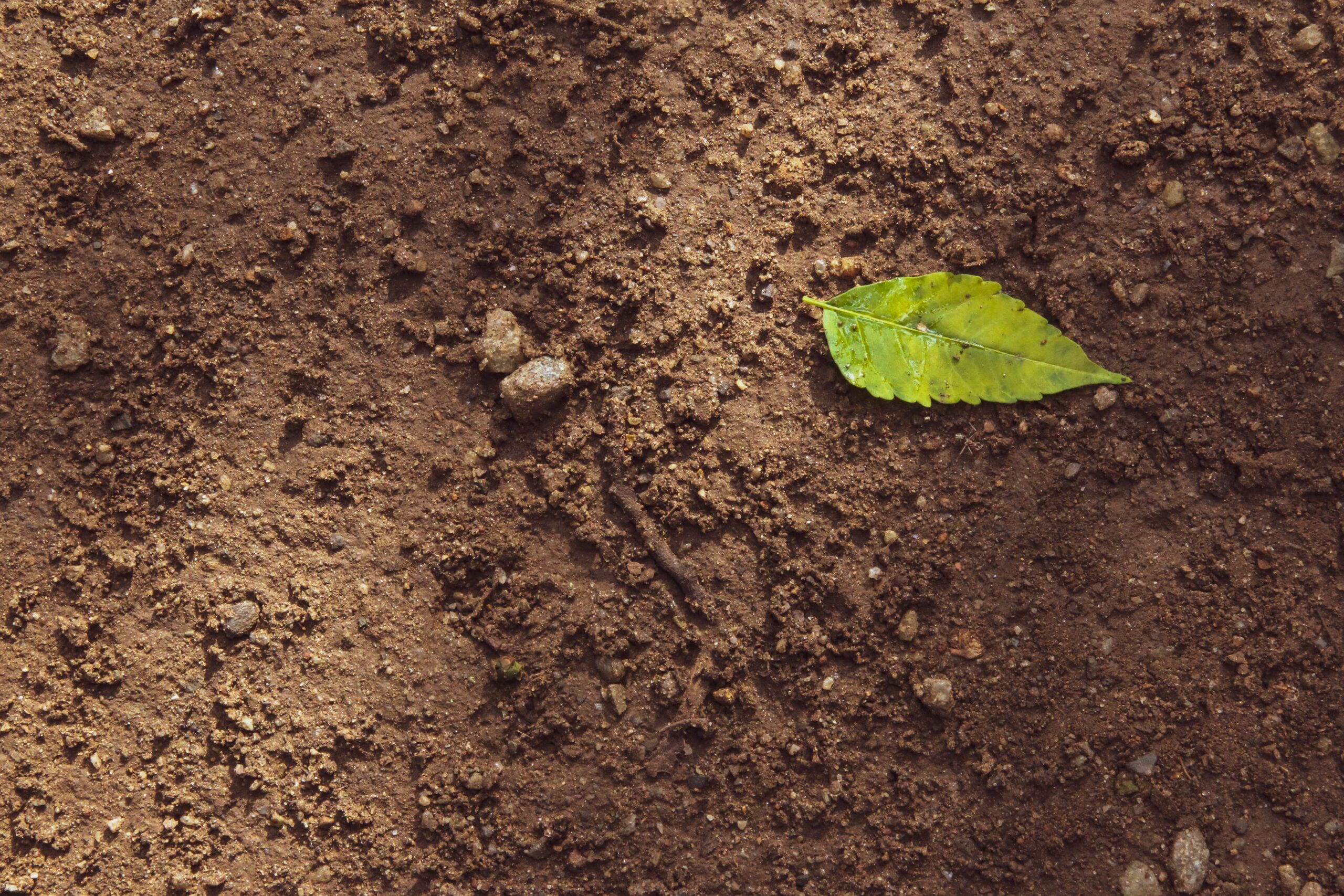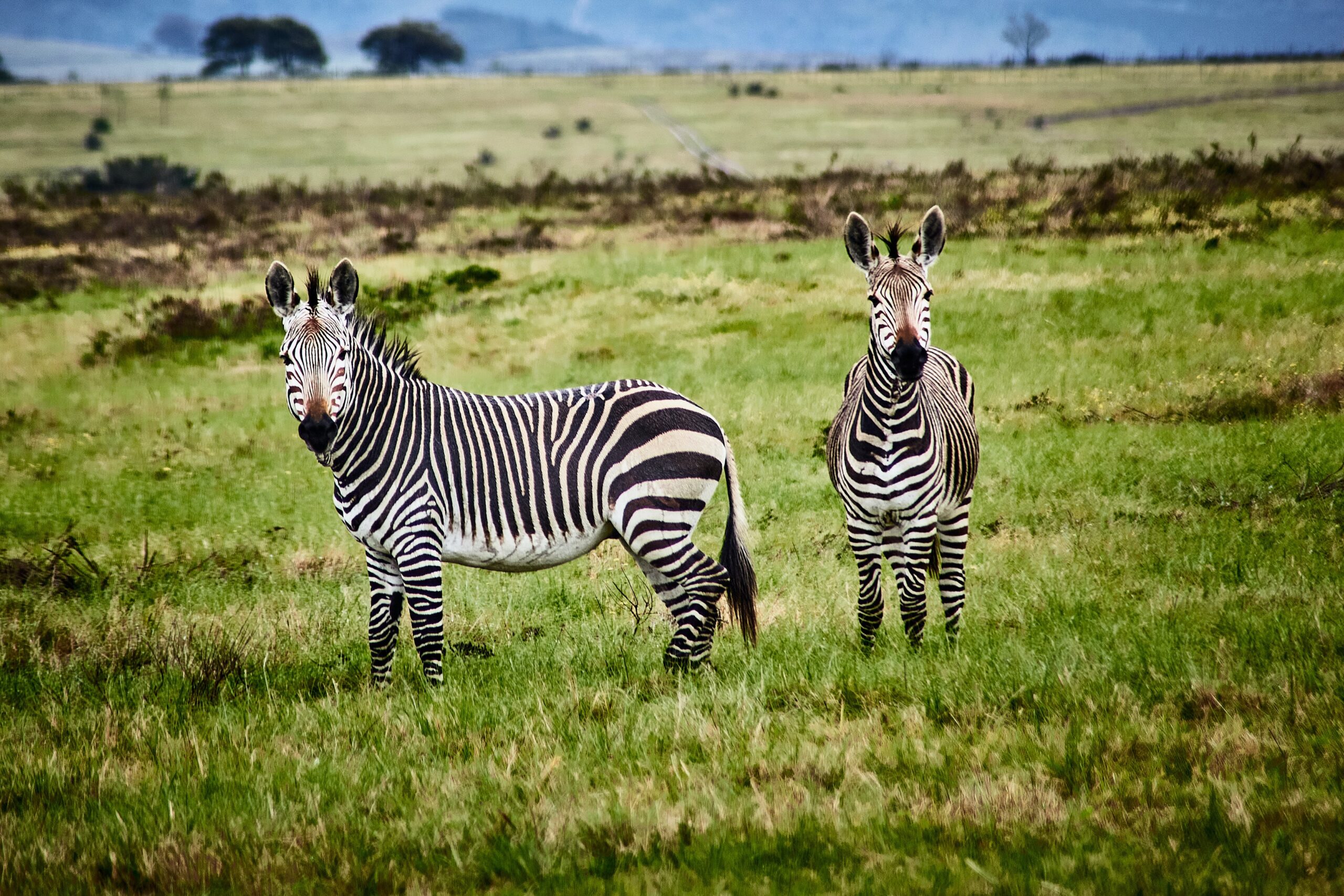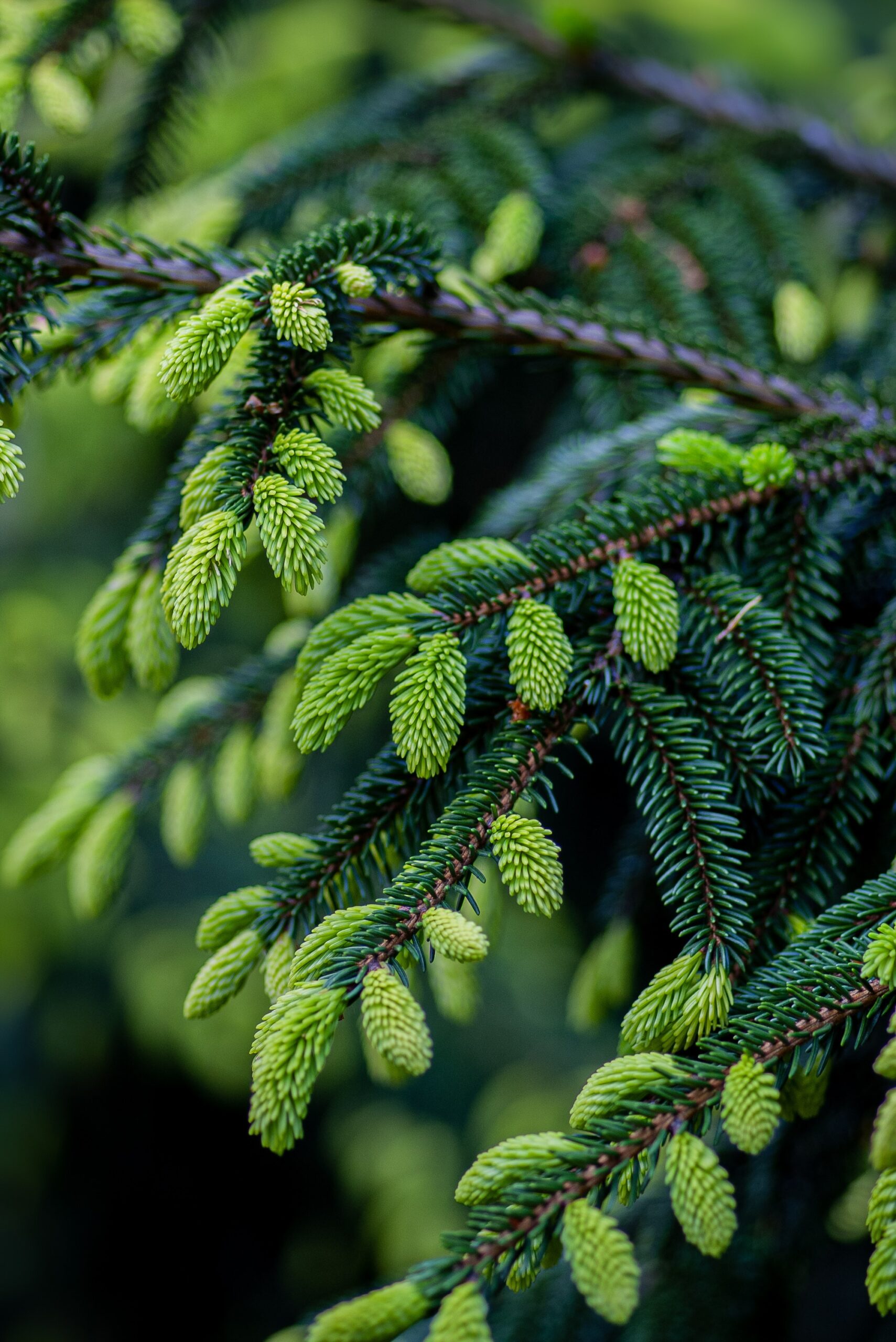Recent efforts to evaluate the contribution of neonicotinoid insecticides to worldwide pollinator declines have focused on honey bees and the chronic levels of exposure experienced when foraging on crops grown from neonicotinoid-treated seeds. However, few studies address non-crop plants as a potential route of pollinator exposure to neonicotinoid and other insecticides. Here we show that pollen collected by honey bee foragers in maize- and soybean-dominated landscapes are contaminated throughout the growing season with multiple agricultural pesticides, including the neonicotinoids used as seed treatments. Notably, however, the highest levels of contamination in pollen are pyrethroid insecticides targeting mosquitoes and other nuisance pests. Furthermore, pollen from crop plants represents only a tiny fraction of the total diversity of pollen resources used by honey bees in these landscapes, with the principal sources of pollen originating from non-cultivated plants. These findings provide fundamental information about the foraging habits of honey bees in these landscapes.
Non-cultivated plants present a season-long route of pesticide exposure for honey bees
Year: 2016




















































































































































































































































































































































































































































































































































































































































































































































































































































































































































































































